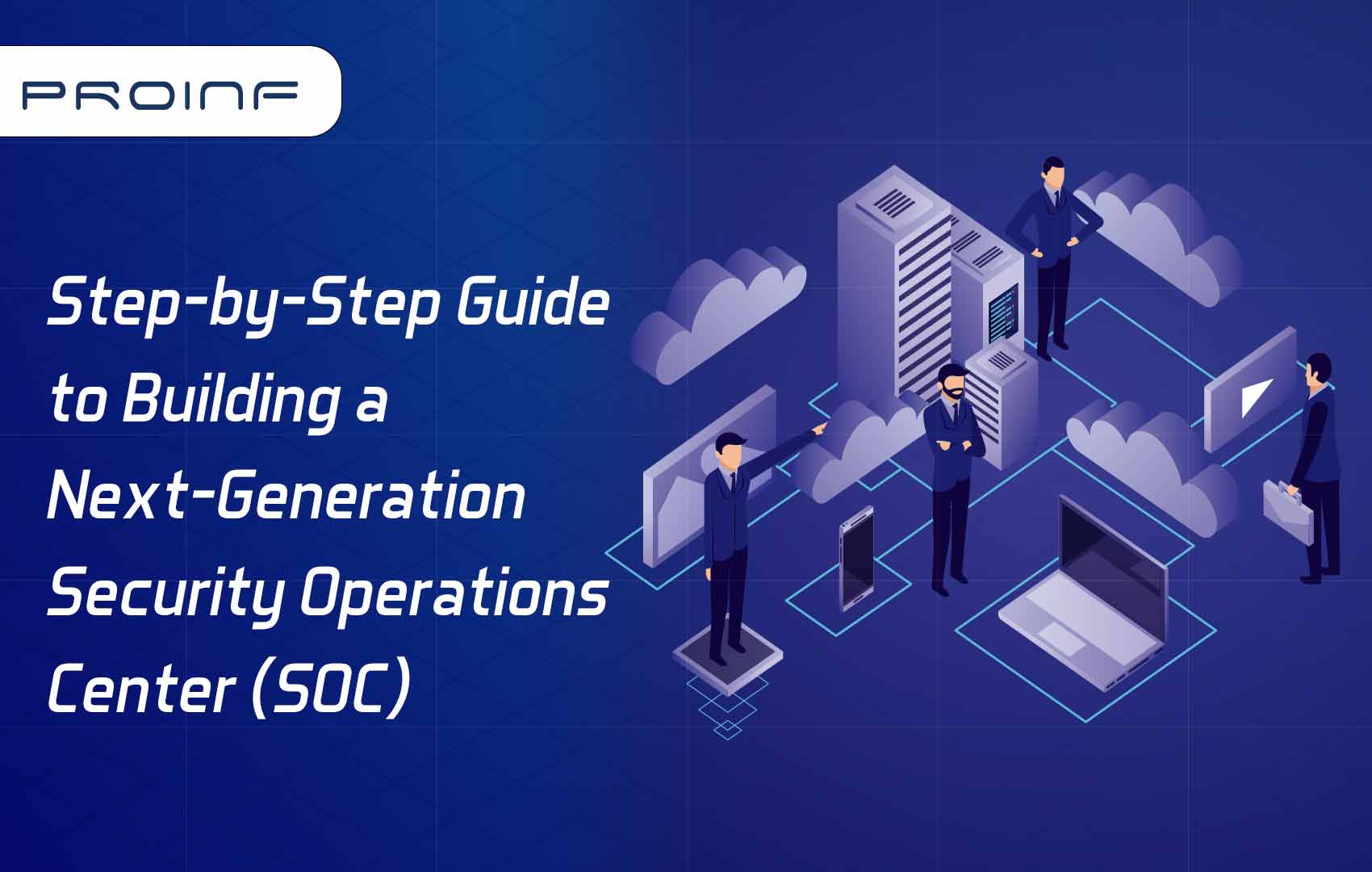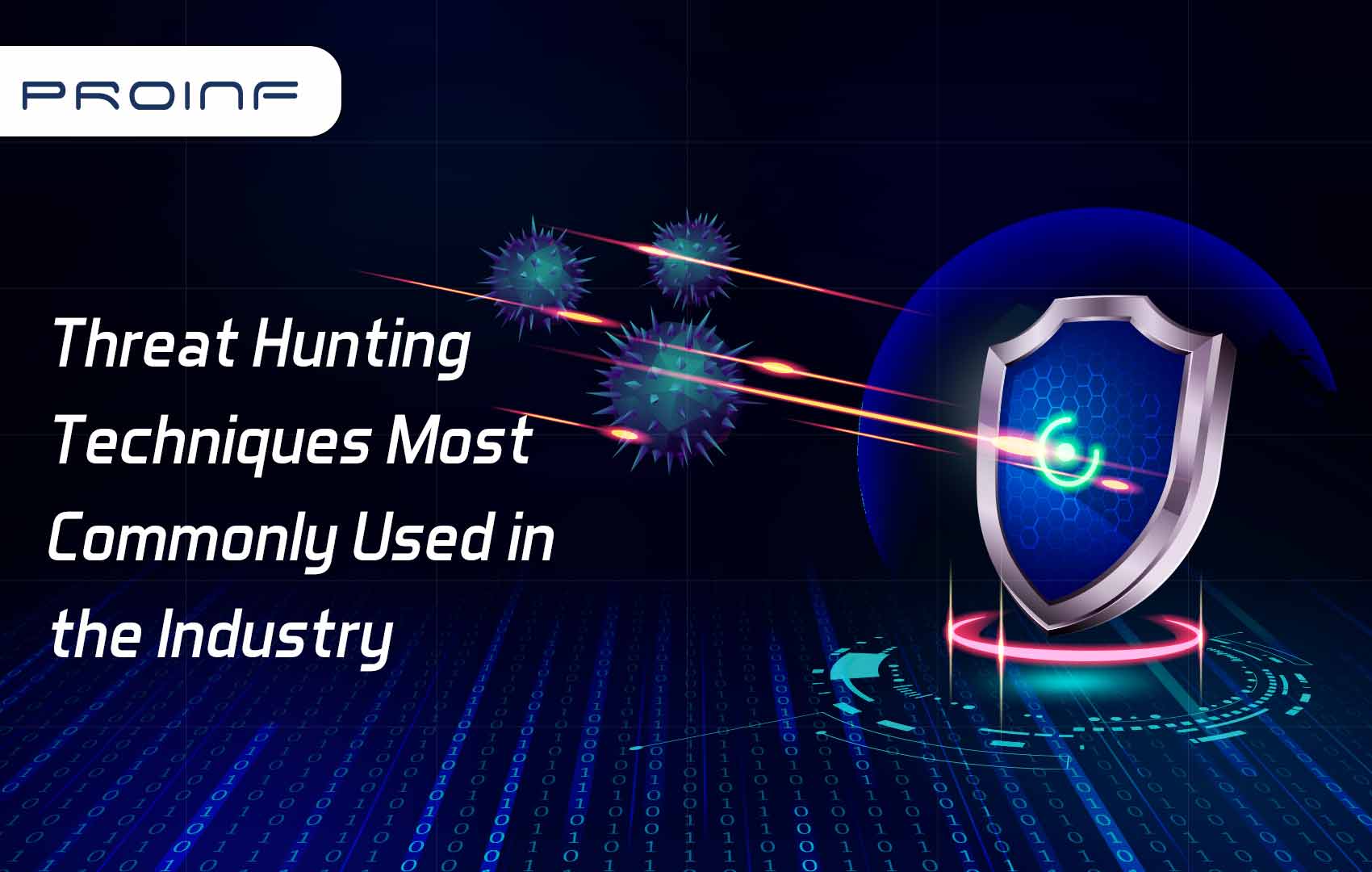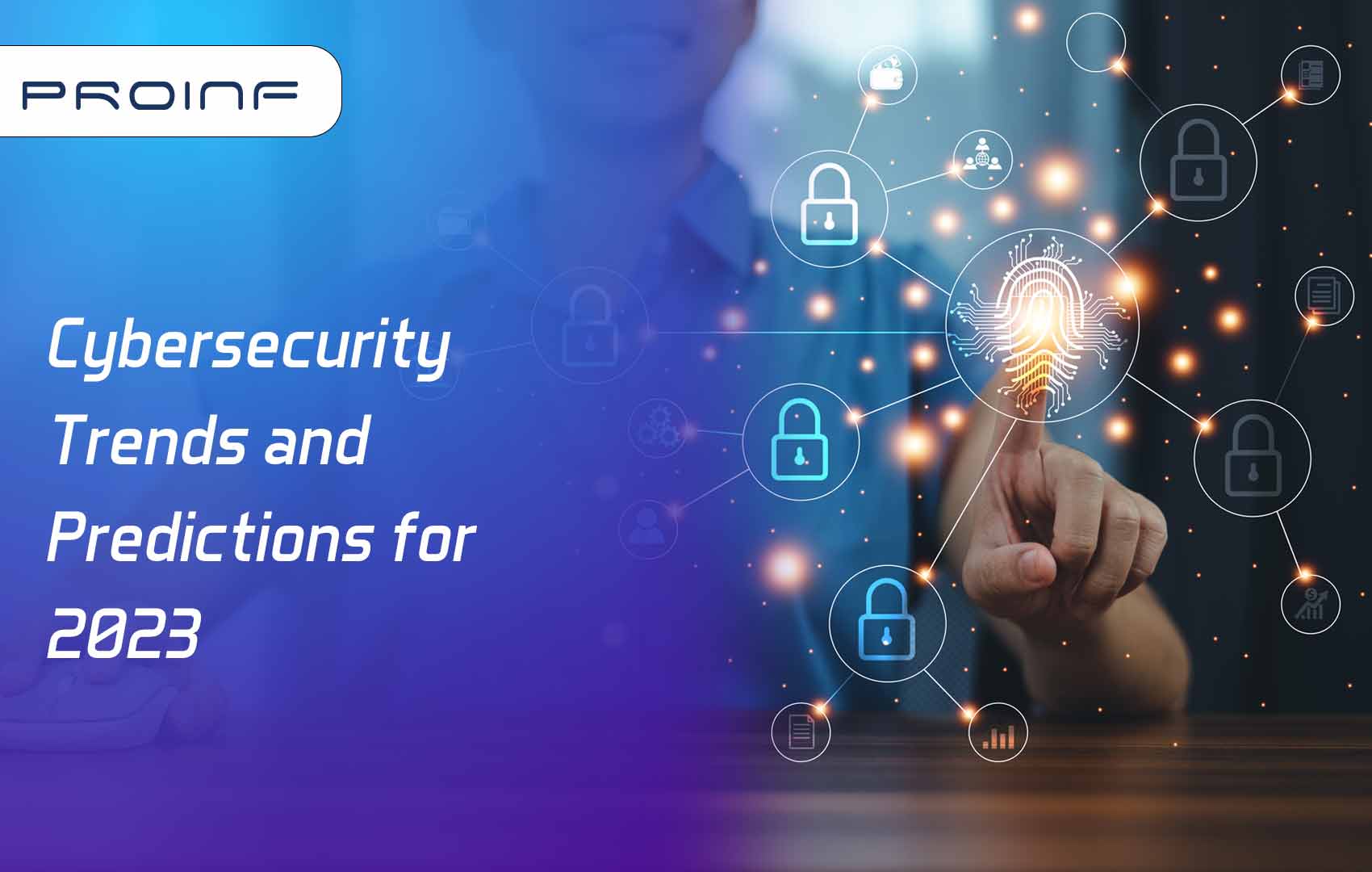Complete guide to eXtended Detection and Response (XDR)
Every enterprise has specific cybersecurity needs. The one-size-fits-all approach does not work when it comes to security establishments. While EDR has successfully elevated security posture across industries, it fails to keep up with ever-growing complex network environments. This shortcoming of EDR has called for the ‘eXtended Detection and Response system. You can check our previous blog post to understand EDR.
What is XDR? And what is not XDR?
XDR is not EDR, SOAR, SIEM, and NDR. Instead, the XDR systems function alongside other systems in conjunction with prevailing tools. As a result, the XDR systems draft a more complete and accurate picture of the systems by gathering telemetry data alongside and from the prevailing tools, aiding in shorter response times in threat detection and remediation.
Unlike EDR, which only looks at a single endpoint or has a limited view, the XDR system takes a holistic approach. It looks into firewalls, applications, networks, and endpoints by amassing data from the front end (existing tools) like NDR, IAM (Identity Access Management), EDR, and even SIEM logs. XDR system then presents this data to the analysts, giving them greater visibility. This enhanced visibility aids in improving threat response posture and conducting thorough investigations.
The call for XDR
For over a decade, EDR has been a go-to solution for many enterprises to secure various endpoints. However, as the complexity of the networks grew manifold, the demand for security solutions skyrocketed. Therefore, it is vital to understand the need for an advanced system like XDR to replace the existing EDR systems.
1. Failure in Data integration
Every packet of data from a particular source is critical to establish a strong security posture. But most EDR platforms integrate data from SIEM, leaving the rest of the data sources and giving rise to false alarm threats.
2. Poor Quality Investigation data
Data fertility drives cybersecurity installations across an enterprise. Unfortunately, EDR systems only analyze data from a single endpoint and do not offer great visibility about an attack. The EDR systems can thus miss an attack alert.
3. Difficult to execute Complete Quality Analysis
The presence of many pivots in extracting the data makes EDR systems look unappealing. Despite the data being completely available, many analysts fail to complete a thorough investigation. This problem arises due to insufficient integration between EDR and SIEM systems. It becomes difficult for an analyst to locate the data and investigate quickly, especially following pivots from EDR to SIEM.
4. Novice Analysts find it overwhelming
An option or two is good when handling a threat. But EDR systems offer one-too-many options, often overwhelming novice analysts. To make the most use of EDR systems, analysts need to ask unstructured questions about a given alert from an EDR system, requiring a different skill level that most novice engineers don’t possess.
Getting XDR on board – Implementation, Challenges, and Barriers
Implementation
The range and extent of XDR are truly commendable, especially when capital, workforce numbers, and skill have become stagnant in cybersecurity. The need of the hour is a solution that laces security at multiple layers and infrastructure points. Implementing a comprehensive solution like XDR is challenging. It is no surprise; only software supply chain and zero trust are more complex to implement than XDR within the US government.
In a recent survey carried out with the US government agencies and other vendors serving the US government, 64% felt XDR is difficult to implement. The numbers were similar regarding respondents from French (67%) and British (66%). In Indo-pacific regions (India and Australia) and Germany, 76% of respondents felt implementing XDR was difficult. But what makes the implementation of XDR that difficult?
Challenges
1. Deploying XDR
Many small and medium enterprises often use 30-50 security products. Therefore, convincing teams to purchase an additional product like XDR seems quite challenging. Moreover, to leverage the maximum ability of XDR, all the data streams need to be funneled into a common data lake, which would complicate many things.
2. Integration with existing security products
Unlike EDR, a standalone endpoint securing product, XDR runs alongside other security products, correlating and collecting detections. As a result, it requires an insane level of integration and designing of proper workflows to integrate XDR into an existing environment, without which threats can go undetected.
3. Limited Automation to begin with
There is no way a manual workforce can flag and take down threats, given the colossal volumetric rise. AI and ML, which propel the XDR platform forward, require time and preparation to refine detection capabilities and function fully. Along with initial implementation, making the system learn takes a long time.
4. False Positives
No security system is perfect, and XDR is not an exception, primarily when it works by correlating and collecting data from multiple sources. False positives can result in an investigation, a time and resource-consuming activity.
Barriers
Government agencies take privacy very seriously. Therefore, having trusted vendors is critical when implementing a security solution. Unfortunately, government compliances and other factors make it difficult for government agencies to find trusted solution vendors to implement XDR.
Government and private enterprises lack enough in-house workforce, a critical checkpoint in implementing XDR. The aspect of the workforce lacking solution implementation expertise and desired skills has stood out as a barrier to implementing XDR.
Leveraging XDR – Capabilities, Best Practices, and Challenges it addresses
Standout Capabilities of the XDR System:
- Reducing detection and containment time
- Improving security posture and risk management multiple layers
- Threat and security management made easy
- Elimination of blind spots and increase in efficiency – Granular visibility
- Supplements analysts with historical analysis and streamlined reporting
- The single reference point for a threat attack – from entry to its remediation
Best Practices for XDR System:
- Proper incident response procedures and protocols should be in place
- The usage of behavior-based and signature-based detection helps in reduce false alerts
- Periodic awareness and training programs for the workforce
- Testing, training, and proper deployment of XDR solutions are essential to have the best results
- Having multiple security installations that work and integrate well is critical for the optimum functioning of XDR systems
Challenges XDR Systems address:
- Reduces the number of alerts (false alerts) substantially, ensuring SOC only focuses on alerts that require human intervention and time
- It brings down the complexity of investigating an attack by providing a complete picture of every phase – right from attack entry to its containment
- Works in real-time, thereby vastly improving response and detection time – MTTR and MTTD
- Identifies various gaps that can hamper the security posture and brings blind spots to the notice of the analysts
How XDR differs from EDR?
XDR and EDR seem to sound similar. But regarding cybersecurity capacities, the XDR has its unique edge over EDR. As networks get more complex, establishing the same level of security across multiple layers and all infrastructure points is critical.
| XDR | EDR |
|---|---|
| Functions across multiple layers – identity management, endpoints, email, networks, cloud computing, and others | The function is limited to a single layer – endpoints |
| Works alongside other security tools and supplements analysts with in-depth investigation | A distinct tool that requires management alongside other security tools |
| Driven by behavior-based detection engines and network and endpoint rules | Primarily driven by behavior analyses engines |
| Offers greater visibility of every phase of an attack | Offers limited visibility into actions (by threat actors) at endpoints |
| Encompassing a broader view and being a single point of reference, the XDR systems can rescue the system autonomously to a great extent | EDR systems work in tandem with other data sources and cannot rescue a system independently |
How XDR differs from EDR?
Irrespective of the size and budget permitted, every company wants a robust cybersecurity solution. And EDR and XDR are no strange tools for anteing cybersecurity. But how do you know that your company needs EDR or advanced XDR?
Enterprises that hunt threats from a centralized point, dealing with threat analysis, and those that seek to improve threat detection should opt for XDR. Likewise, response time is a critical element in cybersecurity, and often it is the deciding factor in understanding the extent of intrusion and data compromise. XDR systems help achieve faster response times, equipping analysts with optimum resolutions and remediation measures.
The ROI is another aspect plaguing the cybersecurity industry for a long time. Practically, there is no way one can get an absolute sense of ROI on their security investments. For example, let’s consider a case where an attacker breaks into the system but cannot access any data. This scenario leaves us baffled. Though your security is good enough, it still leaves scope for a vulnerability. XDR improves both facets –access and securing the network from threats, thereby giving better ROI.


